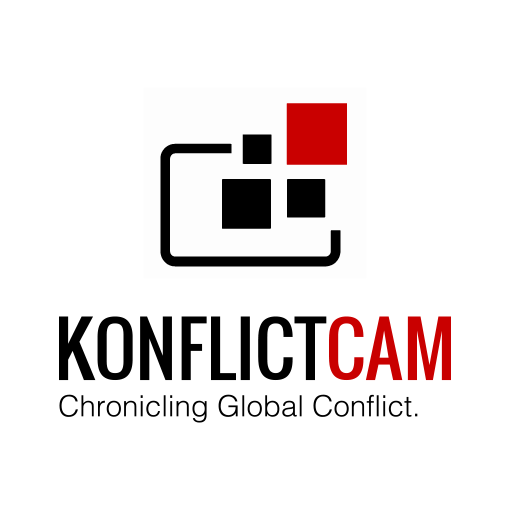Algeria: Sahrawis Exiled in the Desert; Algeria, Tindouf, April 2015
It’s hard enough being a refugee anywhere in the world, having to uproot and leave your home, friends and family behind. But can you imagine being a refugee for nearly 40 years? That’s the situation facing Sahrawi refugees – one of the oldest refugee groups in the world – who began fleeing their homes in 1975, when conflict in Western Sahara sharply escalated. The refugees, living in five camps in Tindouf, south-western Algeria, refuse to return home until there’s a political resolution to the crisis – including a referendum on self-determination. In the meantime, refugees depend heavily on international aid provided by donors including the European Commission’s Humanitarian Aid and Civil Protection department (ECHO) having little access to other resources.
Source European Commission DG ECHO/Caroline Gluck
License
 Attribution - NonCommercial Creative Commons
Attribution - NonCommercial Creative Commons 589 views
Comments
The uploader of this image has enabled registered users to make comments on the photograph posted above. However, you need to upload at least 5 photos before you are allowed to post comments.










